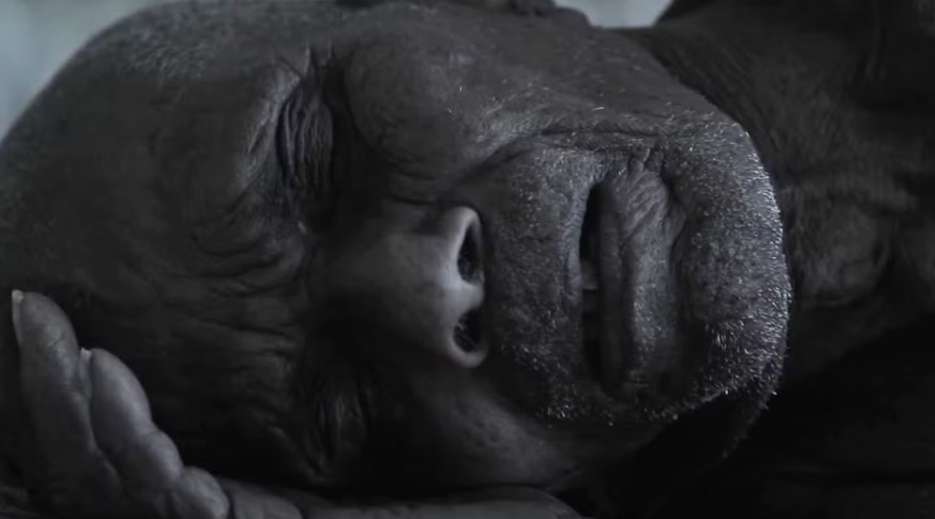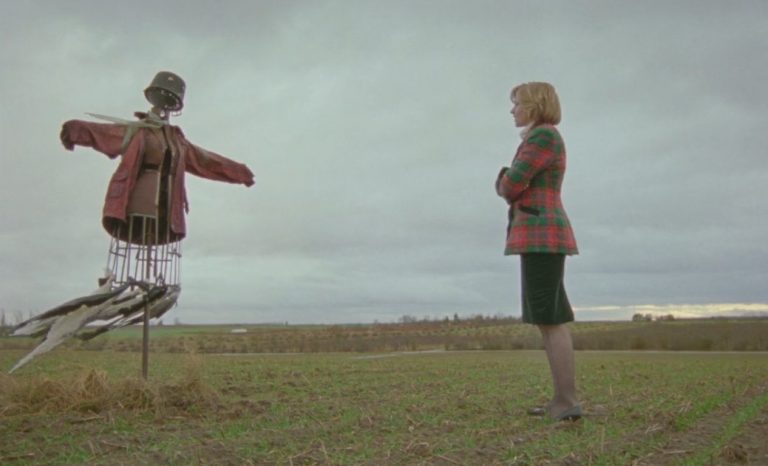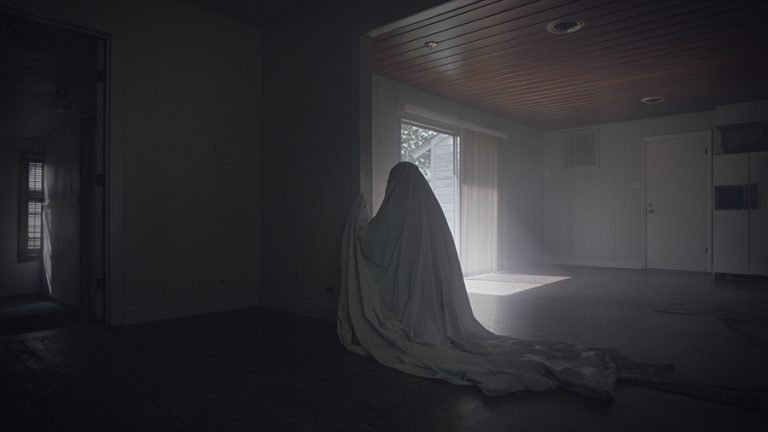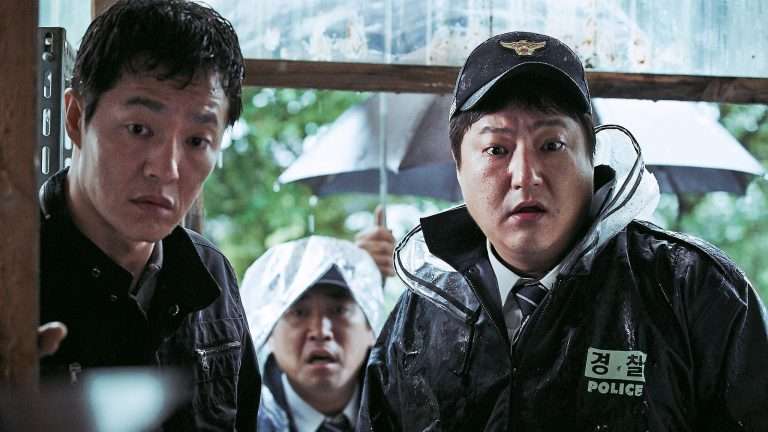Karparaa (2023) Movie Review: An aged woman on a still pavement. The camera soars on her tired eyes, which have seen almost every walk of life throughout the years. A mountain of load sits on the lashes, which slowly filters the images and vibrates the eyeballs. The next thing you know, a drop of salted liquid drips from her captivating eyes.
Karparaa is writer/director Vignesh’s take on the bereavement of aging from the core of an aged woman and man in a rural world. Vignesh Kumulai, who was the cinematographer of the critically acclaimed Tamil film “Koozhangal” (Pebbles, 2021), builds his stairs and walks on a documentary-ish take to fully swivel on the village atmosphere, where the heat of the sun scorches the elderly citizens. An alter ego of Koozhangal, in fact, subtracting a little of the heat and violence while adding the gritty factor.
We are given the golden ticket to observe and analyze the grim survival of the aged, expressly under the hands of their own flesh and blood. The current generation, who has their mark of fame on technology and leisure, appears to be troubled with the idea of having an aged family member within their family. The need to be available for the elderly ones and to offer the silver spoon demotivates the younger beings, including Gen X and Y, triggering frustration and dissatisfaction.
However, the aged remains to be hushed at all rounds, often to be treated as a sentient burden. A particular scene where the grandmother tries to stand and soulfully asks the help of her adult grandson to aid her will shatter your heart into pieces. The word “Aiyaa” was uttered three times with the same intonation that was shaky and brittle, and the response given by the grandson was nowhere near the comfort zone. Besides, the aged man who scoots around the house due to his weak legs also gets unnoticed. It pretty much sums up the entire scenario of the plight, which had no light in it.

Director Vignesh clusters most of the focal elements with precise details by generating a maelstrom of zoomed images, often on physical attributes. The strands of white hair that get tied up in a bun, the wrinkles below the eyes and throughout the face, the slow process of eating from a silver plate, all the way to sleeping and waking up from a deep sleep. It’s almost therapeutic to witness these details and even to realize the beauty of aging from a distance.
A moment of despair can also be sedimented from the pauses whenever the aged ones have been left aside. The entire endurance of being under the influence of family members has been tiring and sophisticated for the senior citizens to move on, but that is the only option they have so far. However, the sweet cherry that sits on the sundae within this realm comes from the perspective of the animals/pets that have their own world of survival within the village. To elaborate on the living process and match the film’s minimalistic dialogues, the family of birds, cows and calves, dogs, and insects are placed in a comparison and contrast jar. It’s almost certain that these perspectives are disguised to function predominantly for the objective of the cause.
Despite the callousness that the film holds on the territory of aging, Vignesh has secretly shown the blanketed moments of the aged ones, the beauty of the rural world, and the tranquillity of chosen solidarity. Just like the trees of the forests, which have grown with no assistance and forcefulness, the luscious fruits are the added benefits of humankind and the habitat of living organisms.
Karparaa makes us believe in the importance of sustaining the world of older people. It’s tough, yet it’s the equilibrium point of living. On that note, you’ll be almost sure that you’ll never see the aged ones in your own home the same again.




![The Vast of Night [2020] Review: A Gripping Indie Sci-Fi Thriller That Wins on Multiple Levels](https://79468c92.delivery.rocketcdn.me/wp-content/uploads/2021/05/The-Vast-of-Night-768x432.jpg)
![Nirmal Pathak Ki Ghar Wapsi [2022] Review: The Tale of a Man’s Homecoming Is Shoddy & Pretentious](https://79468c92.delivery.rocketcdn.me/wp-content/uploads/2022/06/nirmal-pathak-ki-ghar-wapsi-768x427.jpg)
![The Cloverfield Paradox [2018]: At Least It’s Free With Your Netflix Subscription](https://79468c92.delivery.rocketcdn.me/wp-content/uploads/2018/02/The-Cloverfield-Paradox-768x319.jpg)